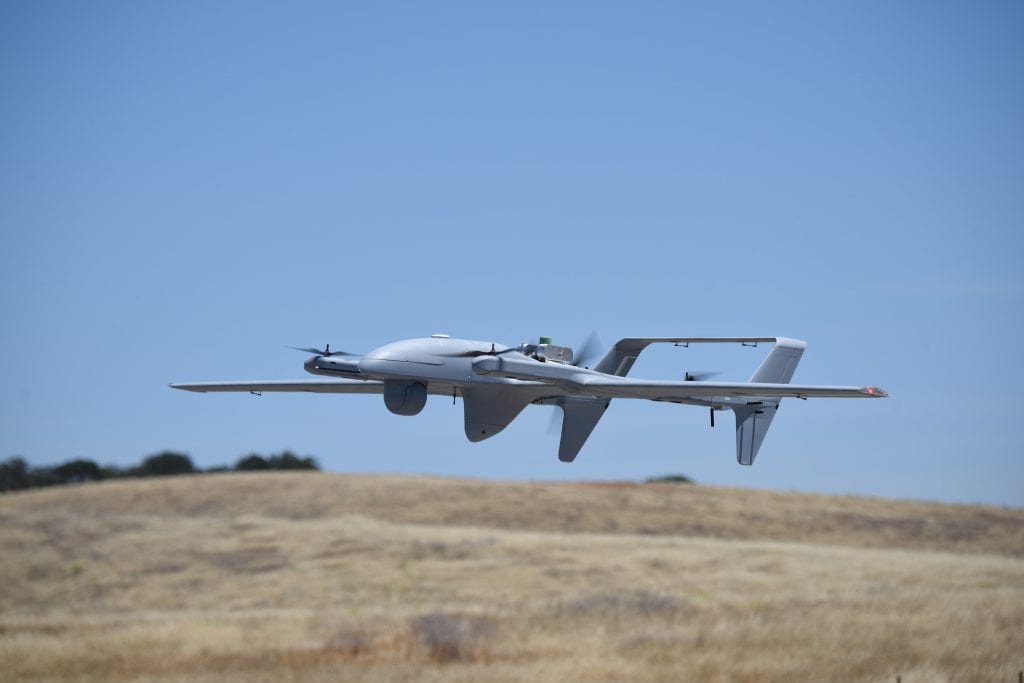GFDL Director will be on travel from September 23-27, to Bangalore, India
Sep 23-27: GFDL Director, Dr. Ramaswamy, will travel to the Indian Institute of Science, Bangalore, India, to talk at the Global Water Future Conference.
GFDL Director will be on travel from September 23-27, to Bangalore, India Read More >

